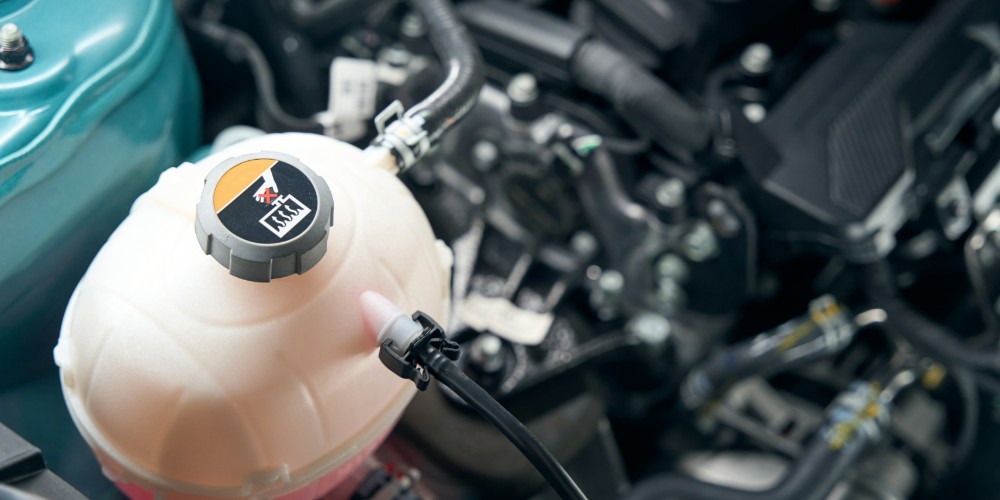In this article, we’ll cover some tips for caring for your car’s brakes and how to spot potential faults before they become more serious problems. With these simple steps, you can ensure that your vehicle’s braking system remains in top condition so that it will respond quickly when needed.
Check The Condition Of Your Brakes
First, it is important to regularly check the condition of your brakes. Make sure that the pads and rotors have adequate friction material and are not worn down or warped. Inspect each brake rotor for any signs of cracking, warping, or uneven wear. If you notice any irregularities, it’s best to take your car to a professional who can examine and evaluate them further.
Check For Leaks
The brakes should also be checked for leaks or other signs of damage on a regular basis. Inspect all connections and hoses for fluid leakage and listen carefully for any unusual sounds coming from the system when braking. Pay close attention to changes in stopping distance when applying the brakes as this may indicate decreased performance due to weakened components within the system.
Check The Brake Fluid Levels
It is also important to make sure that the brake fluid level is at the correct point. If your car’s brake fluid level is too low, it can cause a number of problems including increased wear and tear on your brakes and decreased performance overall. To check the brake fluid, simply locate the master cylinder under your hood and look for a dipstick marked with “Brake Fluid” or the words “Reservoir Level”.
Lastly, don’t ignore any strange noises or sensations when you apply the brakes. Squealing, grinding, or shaking are all signs that there may be an issue with your braking system and should be addressed as soon as possible to avoid more serious damage down the road.
How Do I Check the Brake Fluid Level in My Car?
Checking the brake fluid level in your car is a relatively simple exercise. Before starting, make sure your car is parked on a flat surface and the engine is off. Then:
1. Locate your vehicle’s brake fluid reservoir, which can typically be found under the hood near the master cylinder (it may also sometimes be located near or in the firewall).
2. Remove the cap from the reservoir, taking care not to spill any of the brake fluid, which should appear as a clear liquid with no visible debris or discoloration. If you do have old or dirty brake fluid, it needs to be replaced immediately which can usually be done at an auto repair shop or by yourself depending on your skill level.
3. Check the level of brake fluid against the “Max” or “Full” line on the reservoir. If it is lower than maximum, use a funnel to add more brake fluid until you reach the recommended level. Make sure to check your owner’s manual if you’re not sure what type of brake fluid your car needs.
4. When finished, replace the cap and make sure it fits securely in place. You should also be aware that there are likely two reservoirs (one for each side of the vehicle) so repeat this process as necessary for other brakes before taking a test drive.
By regularly checking your brake fluid levels, you can ensure that your brakes are working properly and spot any potentially major issues before they become a problem. Always be sure to get your brakes checked regularly, as well, by a professional mechanic for optimal safety and performance.





